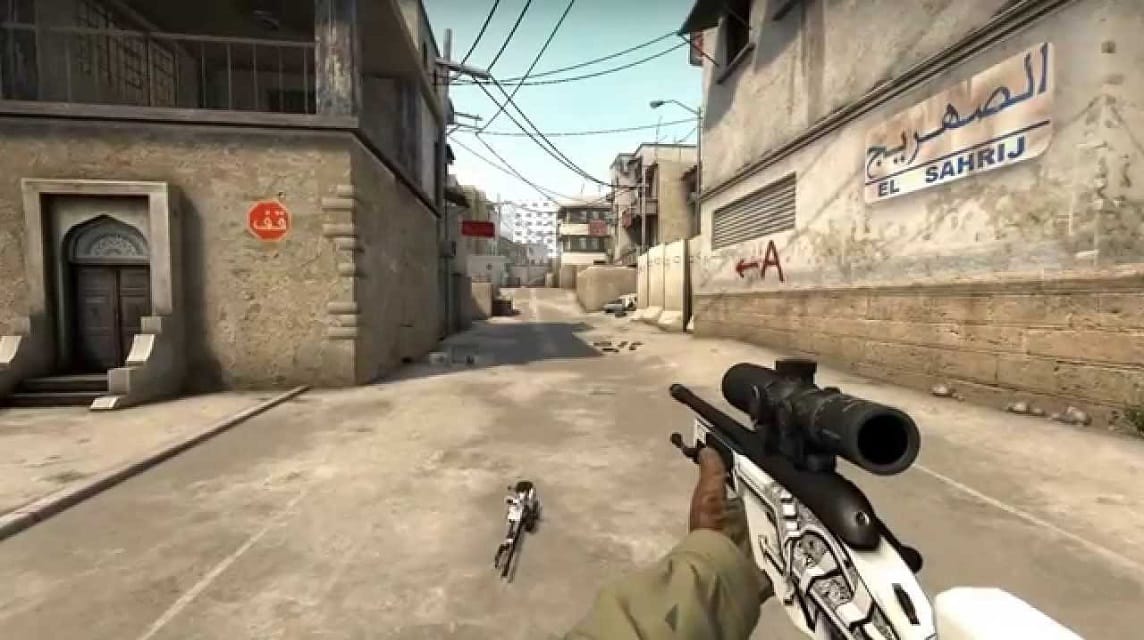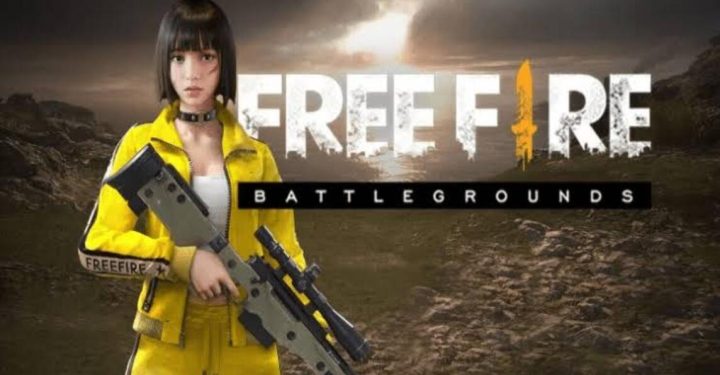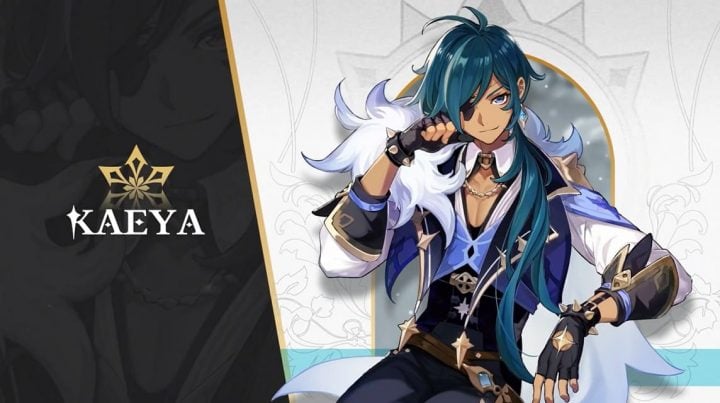Between the two FPS games, which skin is the best between valorant vs csgo? Find the answer in this article. We will compare them.
The skins available in tactical FPS games like valorant vs csgo are basically skins that can replace existing weapon models with decorative designs.
Valve introduced in-game skin trading with Counter-Strike: Global Offensive through the Arms Deal upgrade in 2013. Riot Games announced their in-game shop for Valorant during open beta featuring a small sample of weapon skins and other skins.
Weapon skins in valorant vs csgo are pure items, with no impact on gameplay, as stated by the developers of both games.
Pthe growing popularity of eSports around the world has led to a steady influx of money into video game cosmetics. This article provides a comparative analysis of the skins market for valorant vs csgo, two of the world's leading esports tactical FPS titles.
Comparison of Valorant vs CSGO
Valorant
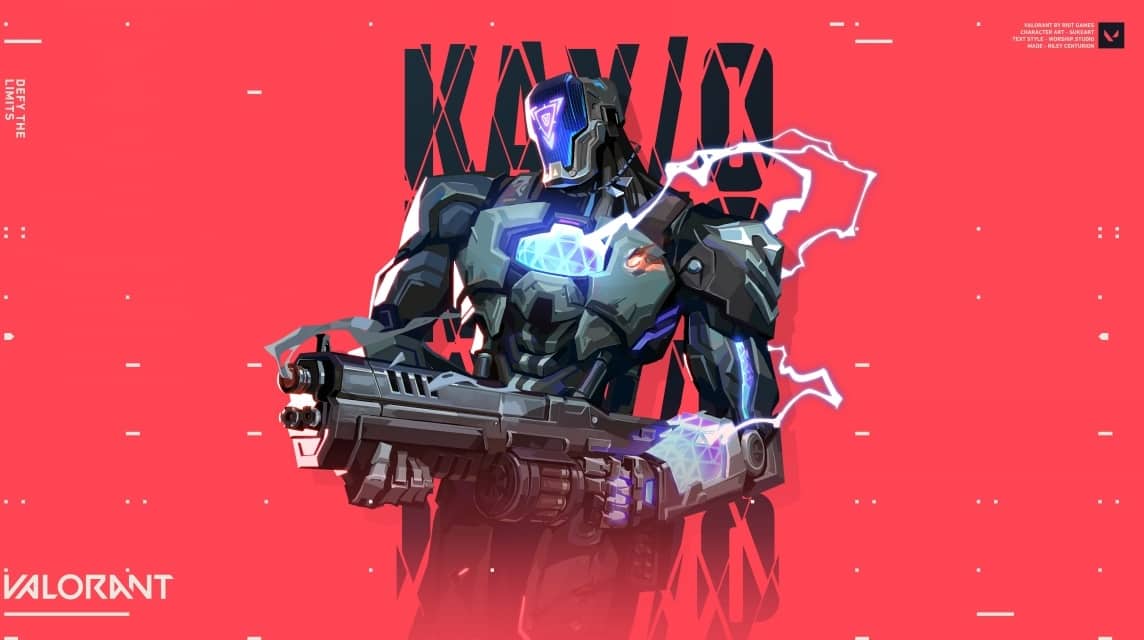
The most common accessories among Valorant players are weapon skins, followed by ornaments called gun buddies, which can be attached to weapon models. Items in Valorant cannot be exchanged.
Valorant has an in-game store that players can use to buy skins. Several weapon skins are collectively released in bundles. Players who purchase the bundle will receive melee weapons and other skins for free.
The newly dropped bundles will be available in the shop's “Features” section for two weeks, after which they will be distributed to individual weapons that must be purchased through the shop's “Offers” section. “Offers” features four unowned weapon Skins, with a series of random offers every 24 hours.
One of Valorant's most exciting features is the Night Market, which brings an exclusive set of 6 different weapon skins for a limited time to player screens every 1-2 months.
The night market is popular because of its unexpected arrivals and the discounts it offers for listed skins. However, Exclusive and Ultra level skins will not be displayed.
Valorant has several different ways to get weapon skins. However, the only way to get them for free is to complete player contracts for each agent. Upon completion of Tier 10 of any agent contract, players can avail the appropriate gun skins free of charge.
Players can also take advantage of several different weapon skins by purchasing the game's Battle Pass. Players can complete various levels of the Battle Pass by gaining XP, thus unlocking weapon skins and other items.
Items in the Featured and Offers section of the shop can be purchased using Valorant Points. In order to make in-game purchases in Valorant, players must initially purchase Valorant Points (VP), which can be purchased via PayPal, pre-purchased gift codes, or debit/credit cards, among other ways.
VP is the in-game currency which can purchase weapon cosmetics and unlock Agent Contract Tiers and Battle Passes. To upgrade weapon skins and unlock variants, players must use Radianite Points (RP).
RP can be expensive to buy and can only be purchased with Valorant Points. At 20 RP for 1600 VP, upgrading a weapon seems more expensive than buying one.
However, Valorant rewards players with free RP after completing certain missions. Players who purchase the Battle Pass can also take advantage of the RP by completing mission Tiers.
CSGO
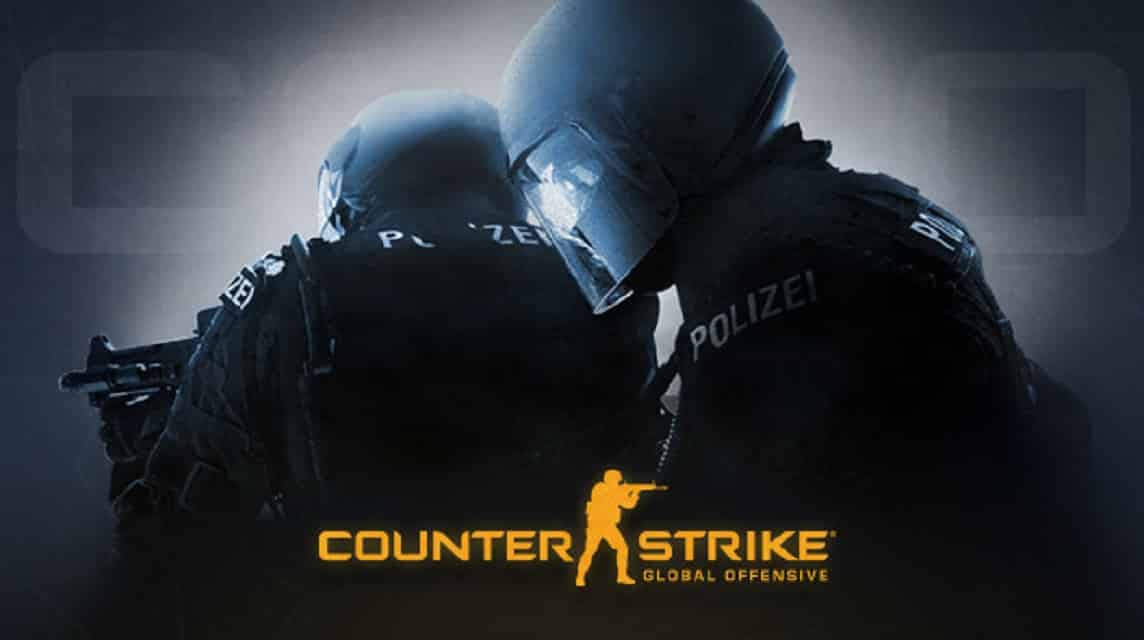
Counter-Strike has innumerable variations of each skin, classified by their wear rating. The wear and tear of a weapon skin is calculated by a numerical value called a "float", which determines the cost of the skin. Websites like FloatDB provide players with nuanced information about float values.
In-game purchases on CS:GO redirect to the Steam Community Market, Valve's trading platform that allows users to buy or sell in-game cosmetics that can be applied to weapons, agent models, or serve other game-related purposes.
Valve collects a 15 percent tax on every transaction made on the community market, with a maximum transaction limit of $1800. Once added to the Steam wallet, money is non-refundable and can only be used to purchase games or make in-game purchases.
The inconvenience caused by Steam's financial limitations and the exorbitant cost of skins led to the creation of several third-party websites that help CS:GO players exchange skins. Players can link their Steam inventory using the Steam application programming interface (API).
This alternative website accepts payments via cryptocurrency, in addition to traditional methods. Although steam market takes a higher amount when selling skins, most other websites charge a much lower tax with the option to withdraw their trading earnings.
CS:GO players are sure to receive in-game drops every week in the form of weapon skins, graffiti or weapon cases. While skins can replace existing weapon models, cases must be unlocked by purchasing an in-game case key for $2.5.
Since the update in March 2018, players have a cooldown of 7 days before trading their newly purchased skins. This does not apply to trading leather on the steam market.
However, selling the skin on an alternative website requires the item to be redeemed from the player's inventory, which will be held for seven days from the time of purchase.
Due to financial restrictions in the Community Market, expensive skins have to be obtained from alternative trading websites that use the Steam API.
CS:GO has a highly volatile skin market with fluctuating prices. Adhering to the principles of the trading market, the value of the skin adjusts to demand.
Due to the nature of the market, skins are also a form of investment for CS:GO players. Most of the items are guaranteed to make a profit for the duration of time.
Certain items such as the iBuyPower (Holo) and Titan (Holo) stickers from the 2014 Katowice sticker collection are extremely rare and in high demand. This sticker, priced at $0.5 – $1 in 2014, amounts to more than $40000 in 2021.
Likewise, CS:GO has had numerous gun cosmetics since its inception that have skyrocketed in value and contributed to Valve's multi-million dollar market.
Also read: The 5 Best Weapons in Valorant Episode 4 Act 3
Valorant vs CSGO analysis
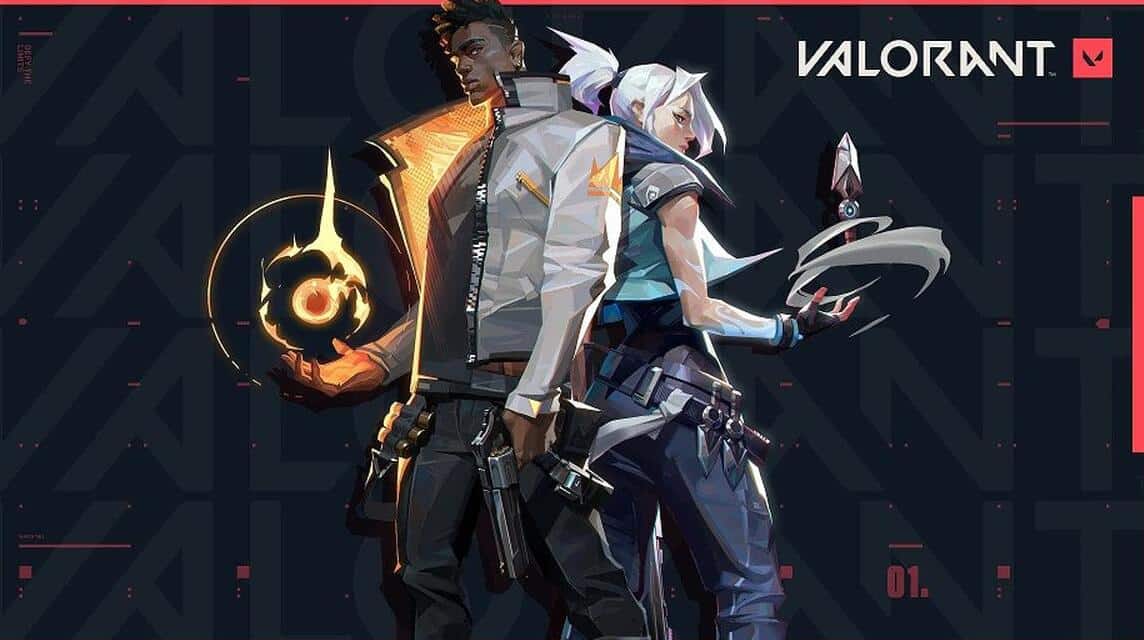
Valorant vs CSGO are two of the world's leading tactical First Person Shooter games, both in terms of popularity and sustainability. With such a diverse player base spanning all continents, skins have become an aspect of gameplay that connects entire communities.
Introducing trading skins in Counter-Strike is a revolutionary change for the gaming community. However, Steam's open API makes it easy for external websites to access items from Steam's inventory to promote eSports betting.
Also read: Valorant Xenohunter Skin Bundle Release Date and Price
When compared with CSGO, Valorant's strength is the exclusivity of their skins. Valorant players have no alternative source to buy their skins and are waiting for luck to back them up with their share of good “Offers”. This makes players crave every day to catch a glimpse of their favorite skins in the store.

